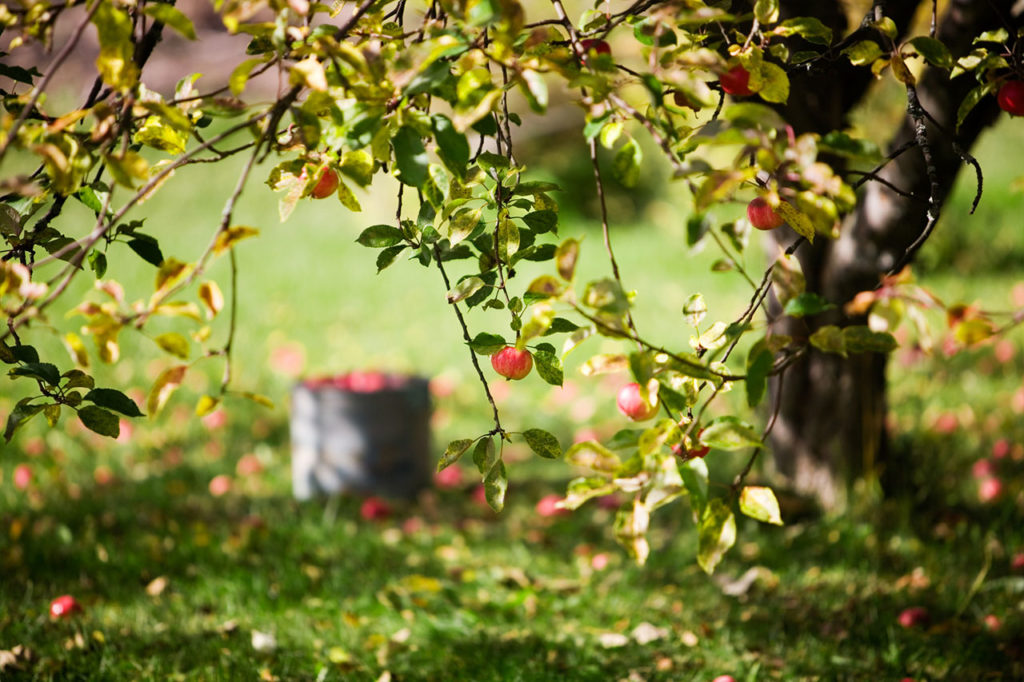
There are over 813 varieties of apples in the world with 500 or so grown in the United States. But how many are locally grown in Texas? More than you would think. I was surprised to see that there are at least 20. We always want to eat locally grown food when possible. When we eat local, we not only get the freshest food available but we automatically eat in season. Seasonal foods are the healthiest for us because they have the greatest amount of “life-source” or nutrients. In Ayurveda, we believe the closer we are to that source, or nature, the more balanced we are. It is also best to eat organically grown food. This way you are assured that you are not ingesting toxins, chemicals that have been sprayed on the food or the surrounding soil.

As we leave pitta season, the hot summer days and enter vāta season, cooler, windier ones, we may hold excess heat in our cells. One way to decrease that heat is by eating apples. Apples begin to ripen in Texas in early June. Dorsett Golden and Anna apples are two superior varieties grown in south Texas.
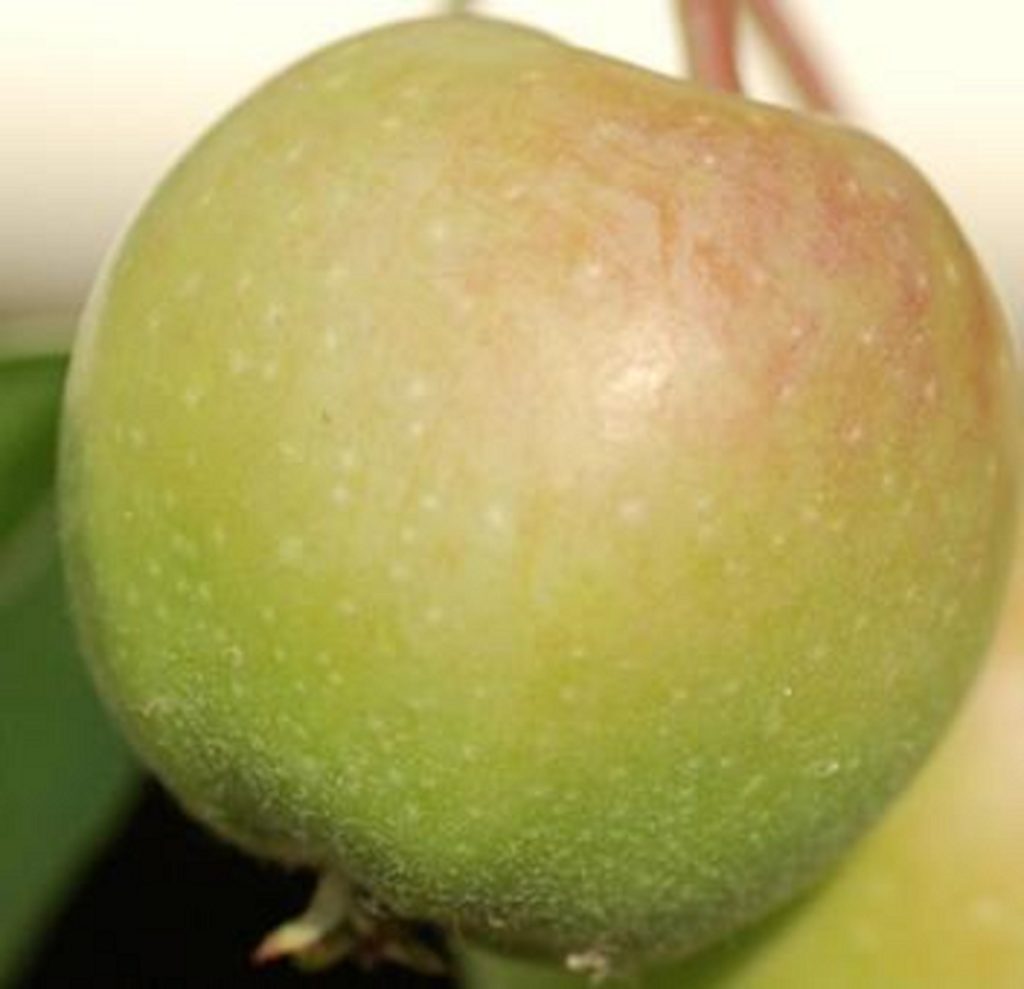
Dorsett Golden, a yellow apple, originated in 1954 in Nassau, Bahamas by Mrs. Dorsett (of course)! It is one of few varieties that can be grown in tropical climates. In fact, this tree has been seen to be “evergreen”, even though during that time, it does not fruit properly. Most early season varieties of apples do not keep. The Dorsett Golden should be eaten 1-3 days after picking for its best quality. It has a lightly crisp and good flavor, far better than might be expected from an early season hot climate apple. If the trees are slightly shaded, the flavor is apparently better. This is the reverse of what is normally recommended for cool climate apples. The Golden Delicious is probably the parent, or possibly grandparent of Dorsett Golden. Dorsett Golden trees will start fruiting in their second year.
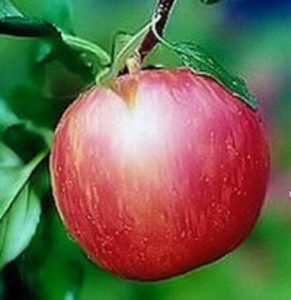
Anna is a Golden Delicious style apple that was developed in Israel in 1959. It is considered a “low-chill” apple and grows where winter temperatures rarely drop to freezing. Most apple varieties require 800 hours or more of winter temperatures in the range from about 45° F down to freezing in order to become dormant, which is an essential part of their annual cycle. Anna has an exceptionally low chill requirement, and will do well even in climates where temperatures dip towards freezing for only 300 hours or so each winter. USDA zones 8-10 which include California and Texas are well suited for growing the Anna apple. It, like the Dorsett Golden, bears fruit early in the life of the tree. That tendency is called Precocity. The Anna apple can be eaten fresh or used for cooking. It has a crisp taste and will keep for 2-3 weeks. The Dorsett Golden and Anna are natural partners, being the only varieties which flower so early in the season. The Dorsett Golden should be planted with Anna for cross pollination.
In early July to early August, Adina produces a sweet tasting fruit. It is large and has a unique taste. The Adina Apple originated in Australia. It has a sweet white flesh that is very firm. It is best when eaten fresh, but it is still an excellent cooker.
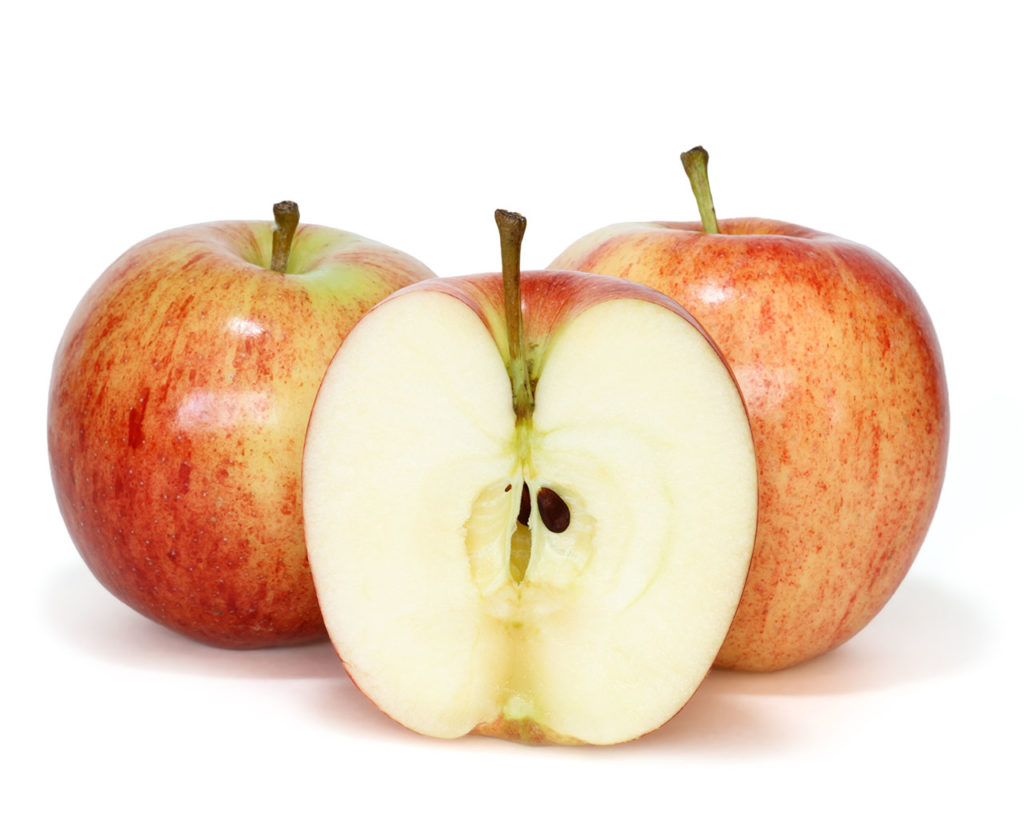
The Gala and Stark Royal Gala also are great choices for our climate. The Gala apple originated in New Zealand and can be best used to eat fresh or to juice. It will keep up to 3 months or more (flavor fades in storage but remains sweet.) It prefers growing in dryer climates. The Gala apple is one of the most widely grown apple varieties in the world. It is available year round from the northern and southern hemispheres. It is regarded as a low chill variety and can be grown in regions which experience less than 800 hours of cool winter temperatures a year. The Gala is a cross between Kidd’s Orange Red and Golden Delicious. The Kidd’s Orange Red is the offspring of Cox’s Orange Pippin and Red Delicious. It is a union of three of the world’s most important apple varieties but it doesn’t always deliver the taste you would expect. It is often thought to be boring and bland. But that sometimes makes it easier to eat. Some describe Gala as having a spicy flavor similar to Golden Delicious. If you are lucky enough to eat it right off the tree, the flavor is tremendous, with a surprisingly punchy sweet flavor. This is sometimes lost by the time it hits the market. This punchy sweet flavor is reminiscent of a pear, which is perhaps more expressed in one of its offspring, the Jazz apple. The Gala apple is grown in 38 states; England; Norway; British Columbia and Ontario, Canada; Switzerland and India.
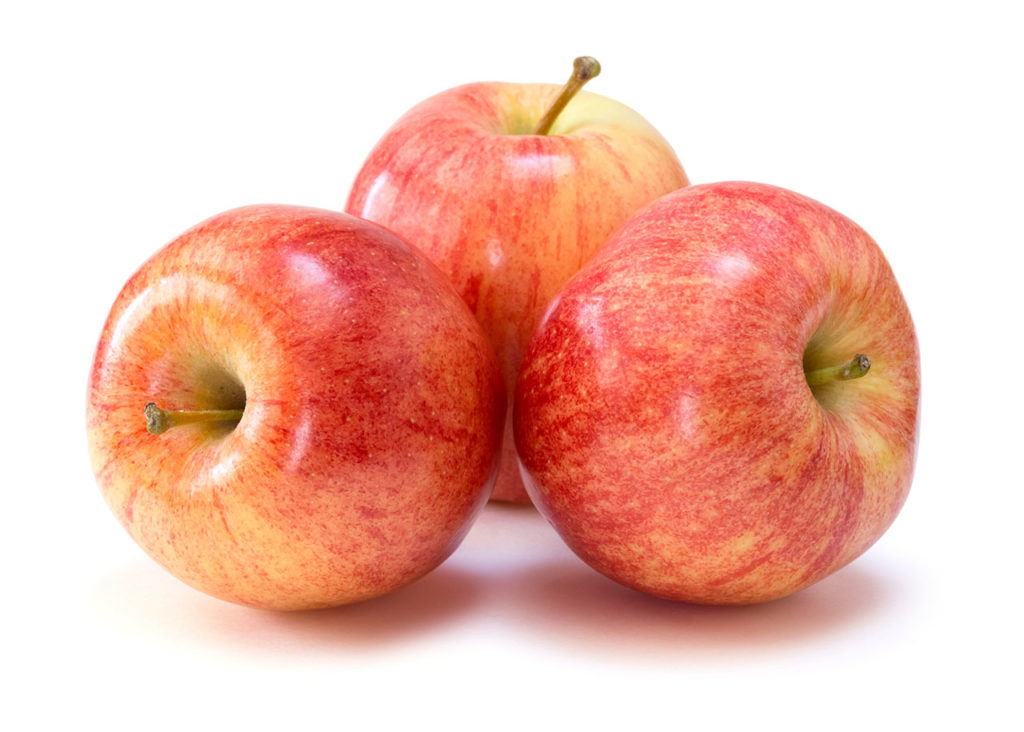
The Gala apple is orange-red, while Stark Royal Gala is a brighter red.
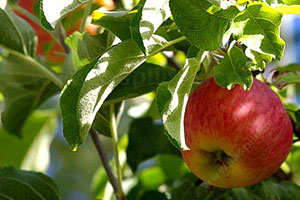
In early August to early September, Mollies Delicious ripen. This variety provides great high quality apples for desserts. Mollies Delicious ripens red.
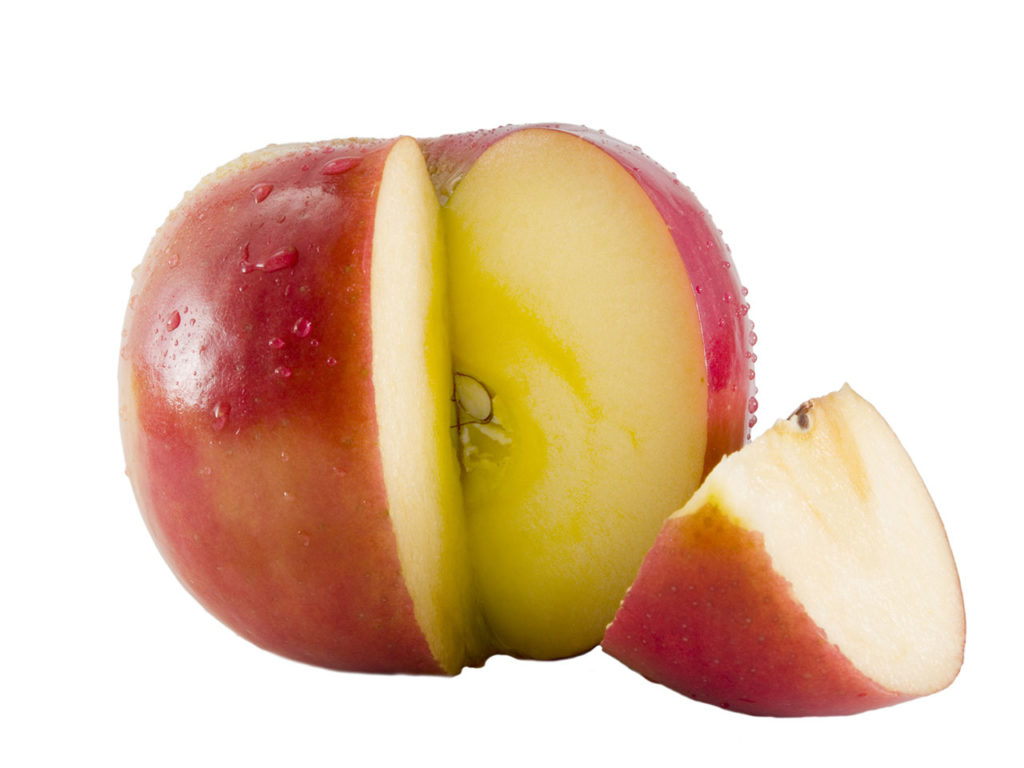
In early September to early October, Fuji, Granny Smith and Pink Lady are available. The Fuji apple’s sweet, pink speckled flush over a yellow-green background makes it one of the prettiest apples. It matures in early to mid-September. Fuji Apples were developed in 1940 but not released until 1962 in Japan, but are a cross of two very American apples: Red Delicious ad Ralls Janet. These apples are late ripening apples and need a lot of sunlight. Fuji apples are grown in 35 states as well as France, British Columbia, Quebec and Ontario Canada; and Switzerland. This apple keeps for 3 months or more.
Fun Fact: China is now the biggest single apple growing region with the Fuji apple accounting for more than 70% of apple production in China. Prior to China dominating the world apple production, for most of the 20th century, the USA led apple production with the Golden Delicious and the Red Delicious varieties.
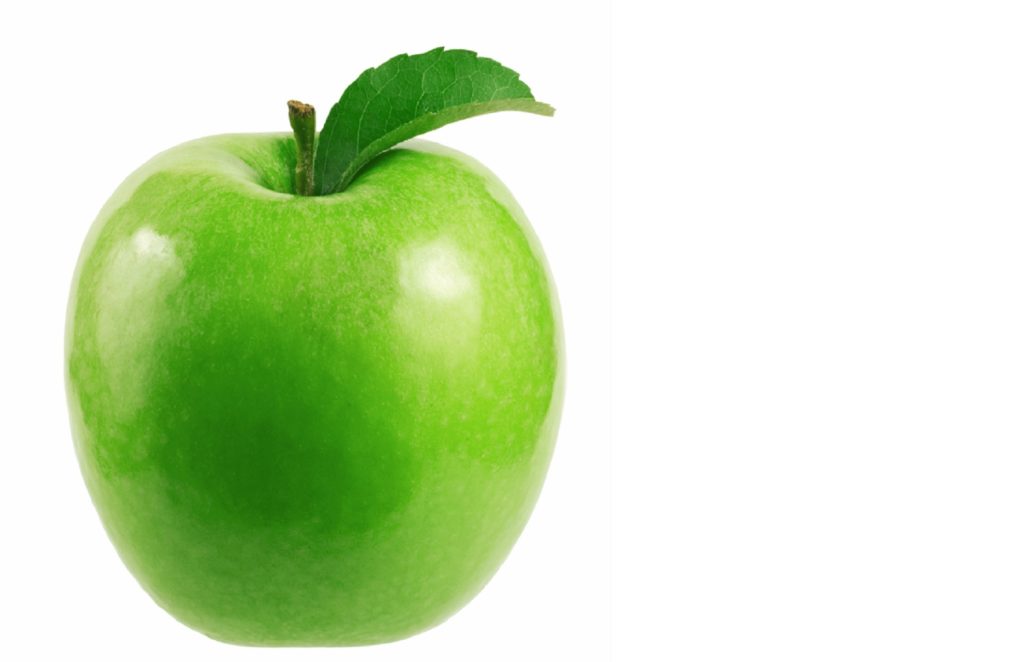
Granny Smith and Pink Lady mature in late September or early October. The Granny Smith is a great dessert apple. Introduced in the 1860’s, this sharp flavor due to its acidic nature. The apple has a green to green yellowish color and is of medium size. Its flesh is white and is good eating fresh or to use in cooking. It keeps for 3 months or more and is a well-known international apple due to its tough skin that stands up to shipping long distances. The Granny Smith apple was discovered in Austrailia in the 1860’s as a seedling growing in the remains of a rubbish pile. The French Crab tree may be its parent however that is not for sure. It is the hot days and nights that keep this apple green. In regions where it gets cool at night, a little red color may develop on the skin. The discoverer, a Mrs. Maria Smith, found that apple to be both good for cookng and eating and she helped spread its popularity. The Granny Smith apple was the logo for The Beatles “Apple Records” label. Granny Smith apples are grown in 35 states, France, British Columbia, Canada; and Switzerland.
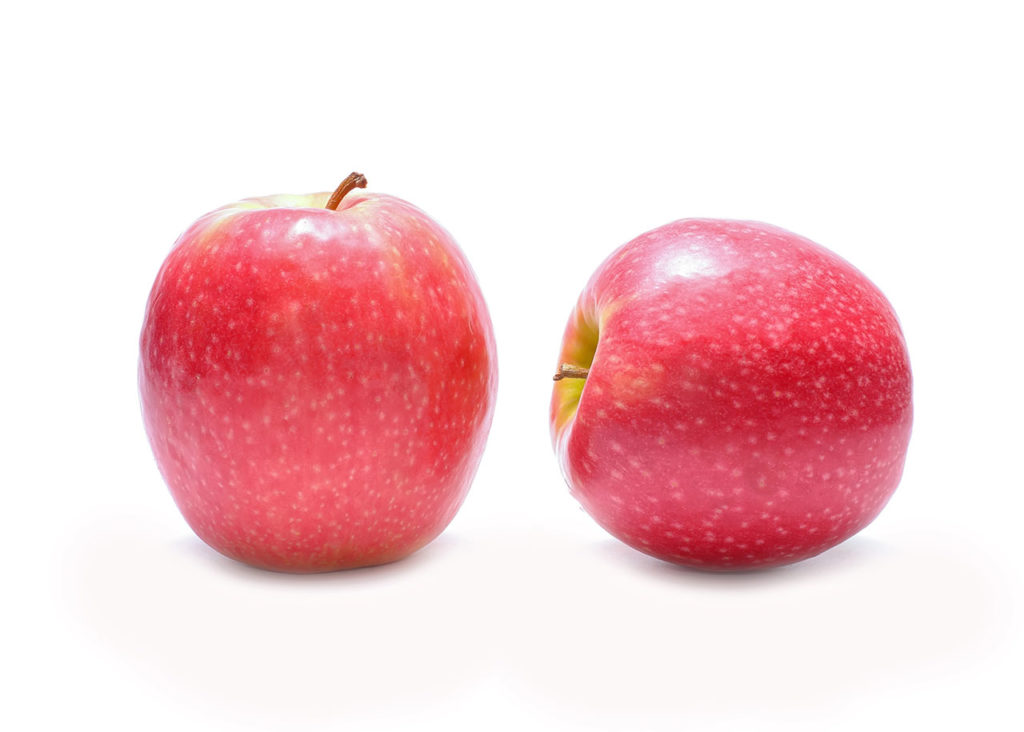
The Pink Lady© apple is one of the best known varieties of the modern age. Its parents are the Golden Delicious and Lady Williams and it originated in Western Australia in the late 20th century. This red fruit with a tinge of yellow has white flesh and is a medium sized fruit. It is best eaten fresh and will store for 3 months or more. It was the first modern apple to be marketed under a specific brand name rather than by its variety name. Pink Lady© is a trademark, and any apple not meeting its standards is sold under the real name of Cripps Pink apple which is the same variety. The standards are determined using a sugar/acid balance and on color intensity. Cripps Pink was developed in the 1970’s by John Cripps in Western Australia. In the northern hemishphere , these apples are ready in late November. They have a very long storage life, whch makes them availabel almost all year round. Twenty four states grow Pink Lady© apples, but by much fewer orchards. Texas has 3 orchards that grow them. (see list at end of blog). These apples are also grown in England and in British Columbia, Canada.
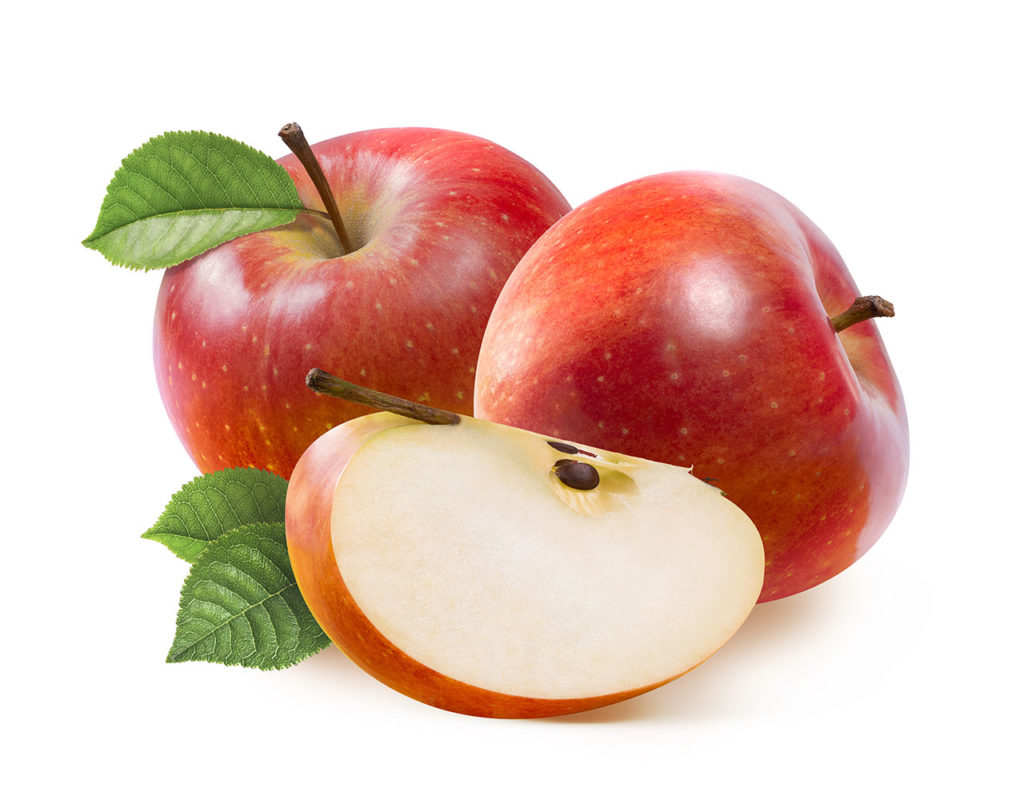
Another late season apple is Jonathan, one of the best flavored apples with a balance of sweetness and sharpness, was introduced in the United States in 1864. This pale pink or red apple sometimes has a little yellow on its skin and can be found in small and medium varieties. The flesh is white to cream to pale yellow. This apple is great for cooking and also for eating fresh. This apple is great for pies and other baked goods and were used during the depression, so is an old favorite among many Americans. It is grown in 35 states and British Columbia, Canada.
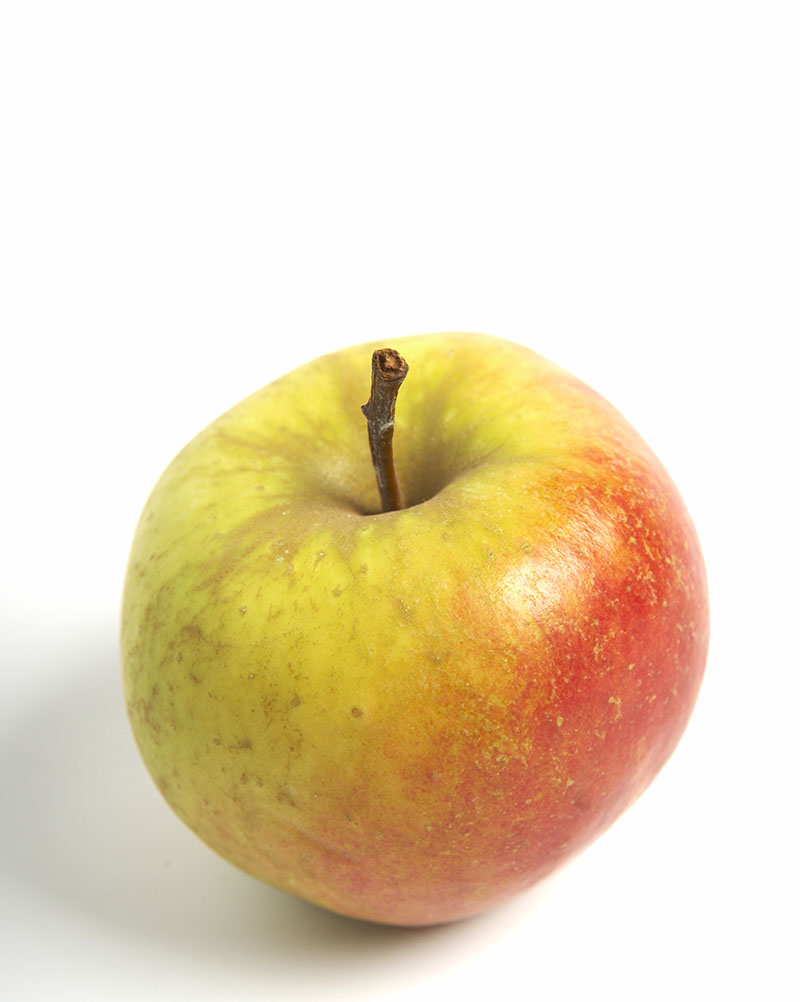
Jonagold, introduced in 1943 is a medium to large to very large red flushed apple. Its flesh is yellow to very yellow and is great eating fresh and also for cooking, juicing and hard cider. It has a sweet/sharp flavor, and a crisp bite. Its parents are the Golden Delicious and the Jonathan. Its posible offspring could be the Ambrosia variety. This apple will last 1-2 months. Grown in 31 states as well as the United Kingdom, France, Netherlands, British Columbia, New Brunswick, and Ontario Canada; Australia, and Switzerland.
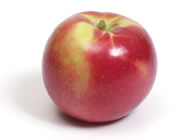
Jonamac, whose parentage is the McIntosh and the Jonathan, originates from the United States. This apple has a firm , crisp and high quality flavor. Some say it is much like a McIntosh, others say it reminds them of the Cortland. This is a medium size fruit with white flesh. This apple is grown in 18 states.
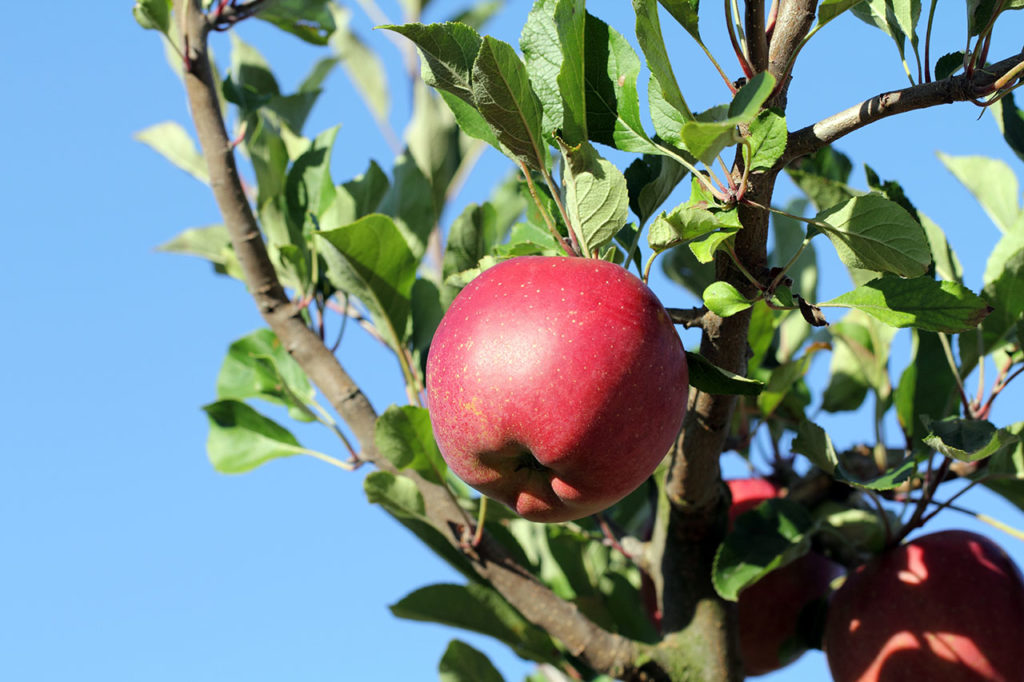
The Melrose apple is also a late season apple. This large flattened fruit is either a yellowish, green skin flushed, and streaked with dark red with russet spots, or red with lighter spots. Introduced in the United States in 1944, this apple is firm, coarse, and has a juicy, creamy white flesh. It is best after Christmas when it develops it’s fruity aroma. It is very good for cooking and desserts.
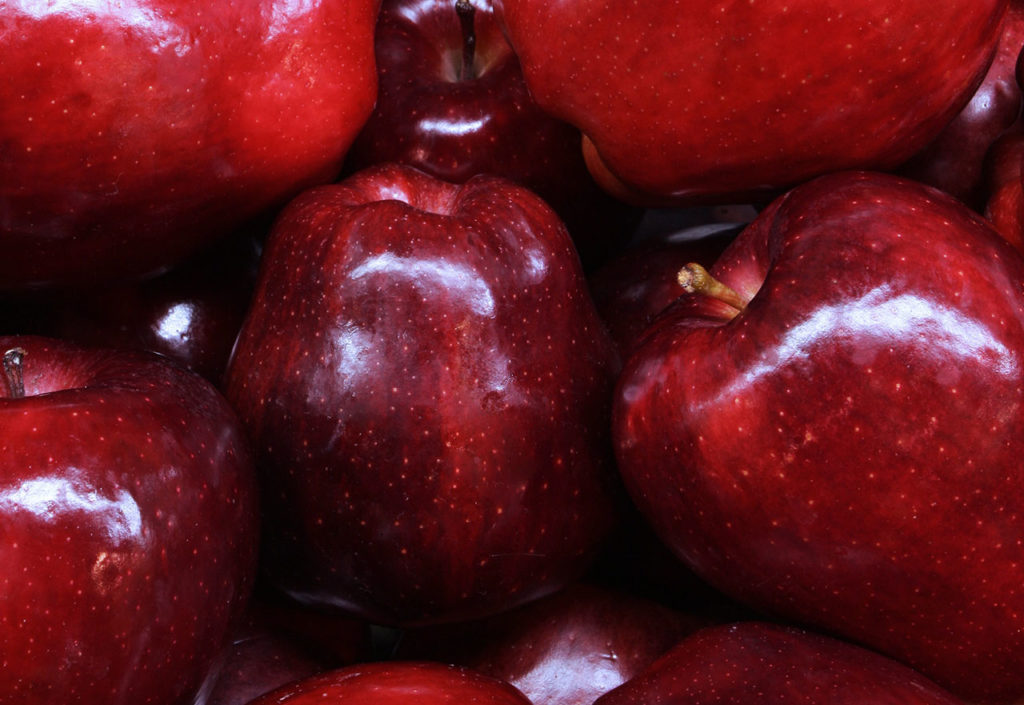
Red Delicious apples are one of the most popular apple varieties, and is great eaten fresh. Totally different from the Golden Delicious variety, there are some similarities, both were discovered in the USA, both need warm climates, both have interesting histories and are both sweet apples. The color is a dark and intense crimson red. This apple has a sweet, but very mild flavor, the flesh is juicy and has a light crispness. The skin of the Red Delicious can be quite tough. This popular apple is grown in 37 states, British Columbia, New Brunswick, Ontario, Canada; India.
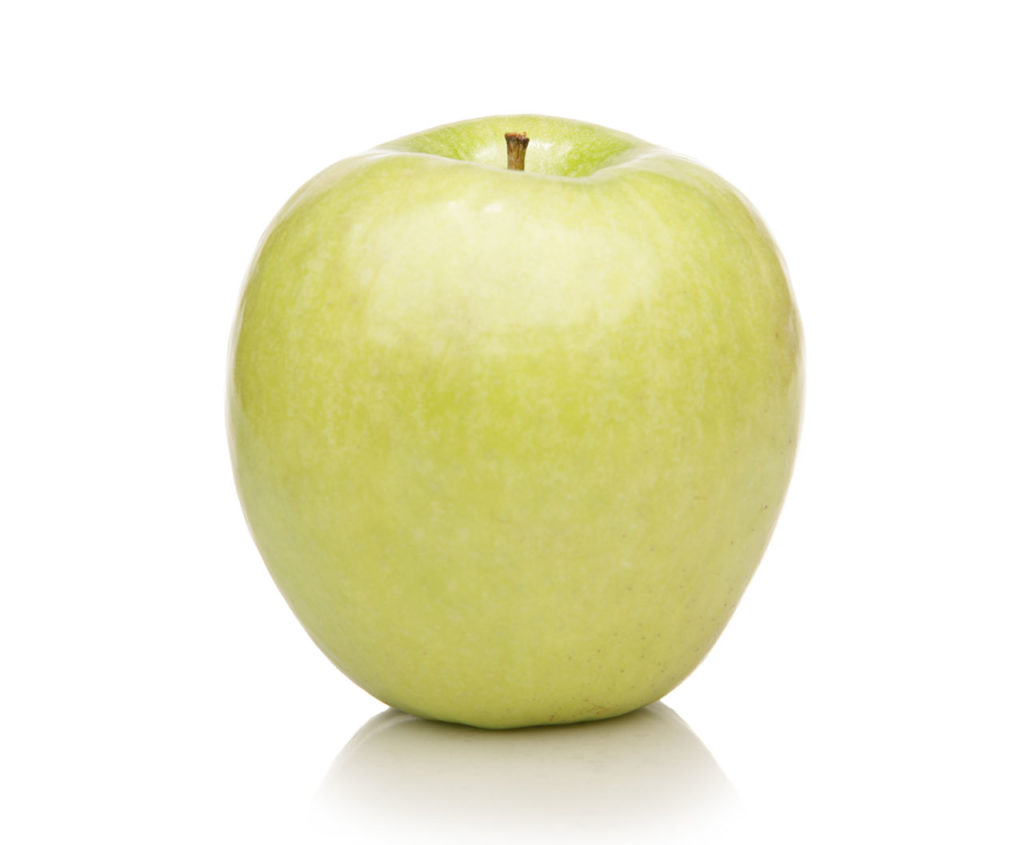
Crispin or Mutsu is a green fruit with white to cream flesh and a sweet/sharp honeyed taste. It is a large apple and sometimes can be found very large. One large apple will serve as 2 servings and you don’t need many to make a deep dish pie. It originated from Japan in 1930 with one of its parents being the Golden Delicious. It is good for eating fresh and cooking as well as for juicing. It will stay good for 3 months or more. Grown in 33 states, England, and British Columbia and Ontario, Canada.

The Golden Delicious apple is one of the most important varieties of apples, both as a commercial variety and for its breeding stock for many other varieties. It is a yellow gold color and white flesh. It is usally a medium sized apple that is good for cooking and just eating fresh. Discovered in the 1890’s, in West Virginia, by a farmer is considered to be a seedling of the Grimes Golden variety. The famous Stark Brothers nursery bought the original tree and the land around it, being so impressed by this apple. This apple is now grown in all th major warm apple growing areas of th world. New varieties of apple have been raised from it. Some of the best known are the Dorsett Golden, Gala, Jonagold, Mutsu, Pink Lady, and Anna. The Golden Delicious is grown in 39 states, England, France, Ontario, New Brunswick, British Columbia, and Quebec Canada; and India.
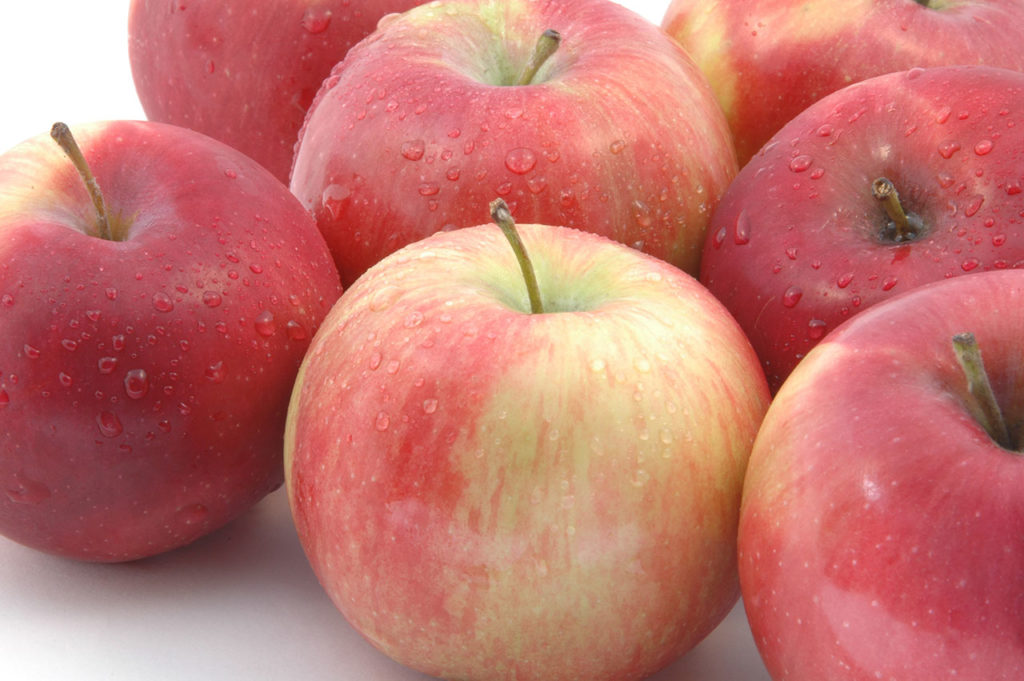
Another great American favorite is the McIntosh Apple. Like Red Delicious and Golden Delicious, it have been influential in the development of many other varieties. Most of the production is in New England and across the border in Quebec and Ontario, Canada. John McIntosh, an Ontario farmer discovered it in the early 19th century and his family became involved in the apple business. It seems to achieve its best flavor in colder apple growing regions. The McIntosh has a dark red color and bright white flesh. It is a crunchy apple. The flavor is sweet and refreshing. Although the apple stores well, it begins to lose its taste, but is still quite good. A fresh apple will have a hint of wine, referred to as “vinous” which is best experienced directly from the tree. Thirty four states grow McIntosh apples as well as the Canadian provinces of British Columbia, New Brunswick, Ontario, and Quebec.
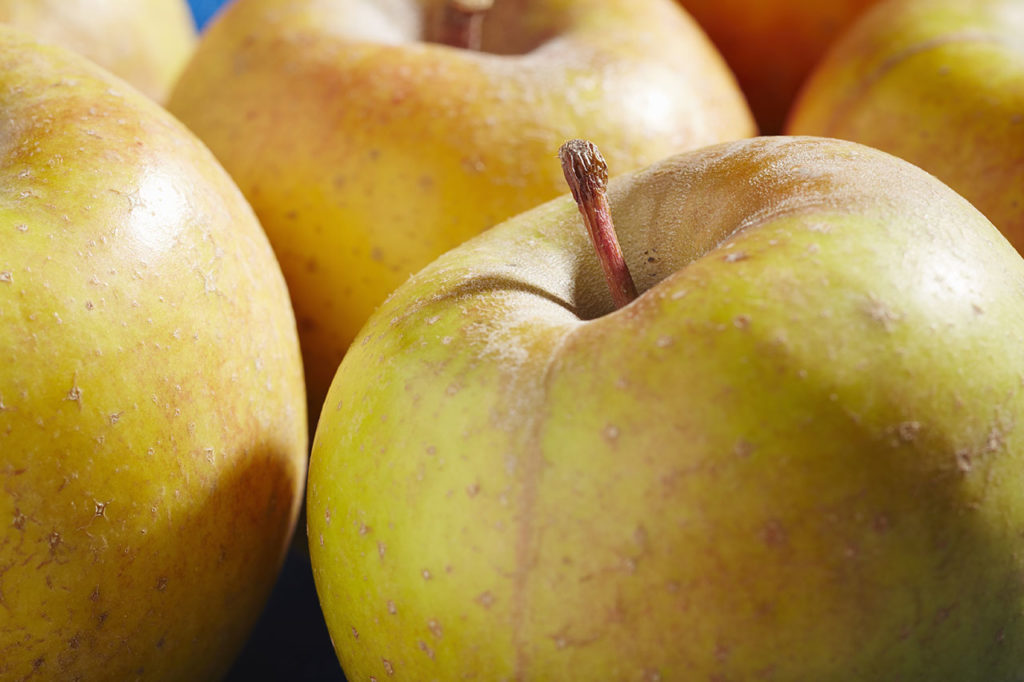
GoldRush is a dessert apple with smooth skin. A bit more acidity than the Golden Delicious (its parent), its flavor is good. Posible other parents are the Winesap, Melrose, and the Rome Beauty. Introduced in the 1990’s, it is used in cooking, juicing, hard cider and eating fresh. This apple keeps for 3 month or more. Nineteen states grow GoldRush apples. They can also be found in British Columbia and Ontario Canada.
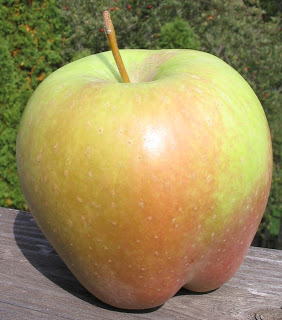
The Candy Crisp apple is a pear-like flavored apple with a very mild flavor. The large fruit is blushed with soft pink. It is said to have been found as a seedling growing in a Red Delicious orchard and thought to be related as it had the shape of a Red Delicious. This apple stays fresh from 1-2 months.
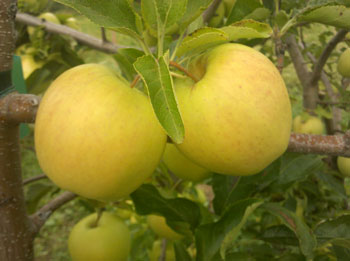
The Suncrisp apple is a yellow apple with a slight orange-red blush. The flavor is sweet yet mildly subacid, said to be intense. It’s flesh is cream colored and is not prone to browning. It can be stored up to 6 months in cold storage. The Suncrisp is grown in 18 states and British Columbia.
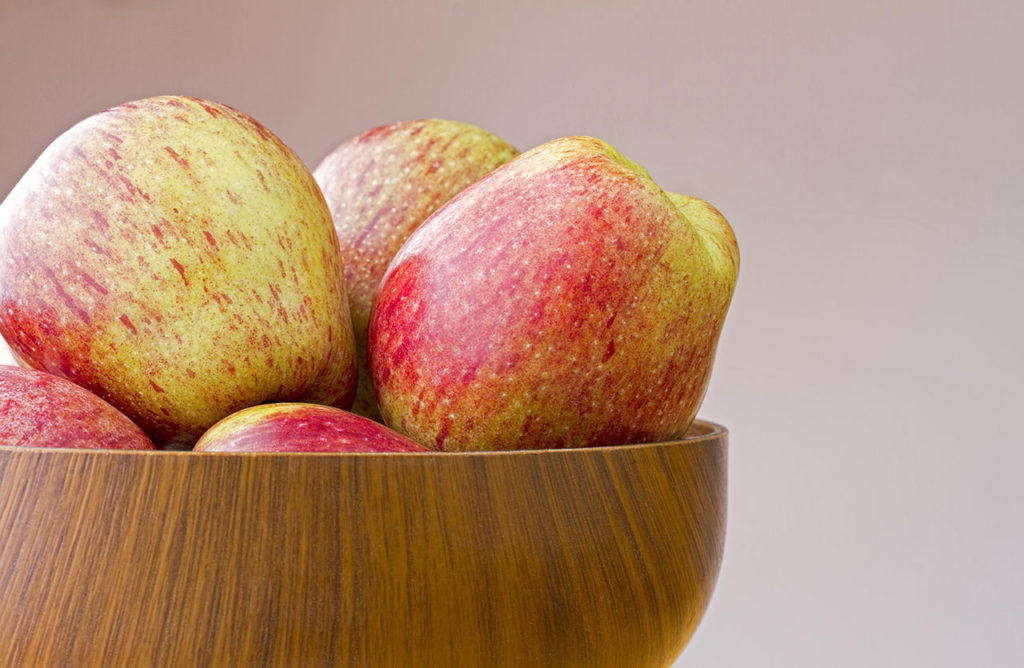
Reminiscent of the Red Delicious, this modern sweet variety, the Cameo, doe not have the same intense red color. It originated as a chance seedling and was found in a Red Delicious orchard, it seems likely that the Red Delicious may be one of the parents. With a hint of pear, the flavor is fairly bland. It is a bit crisper than the Red Delicious, but is fairly soft. Cameo is grown in 27 states.
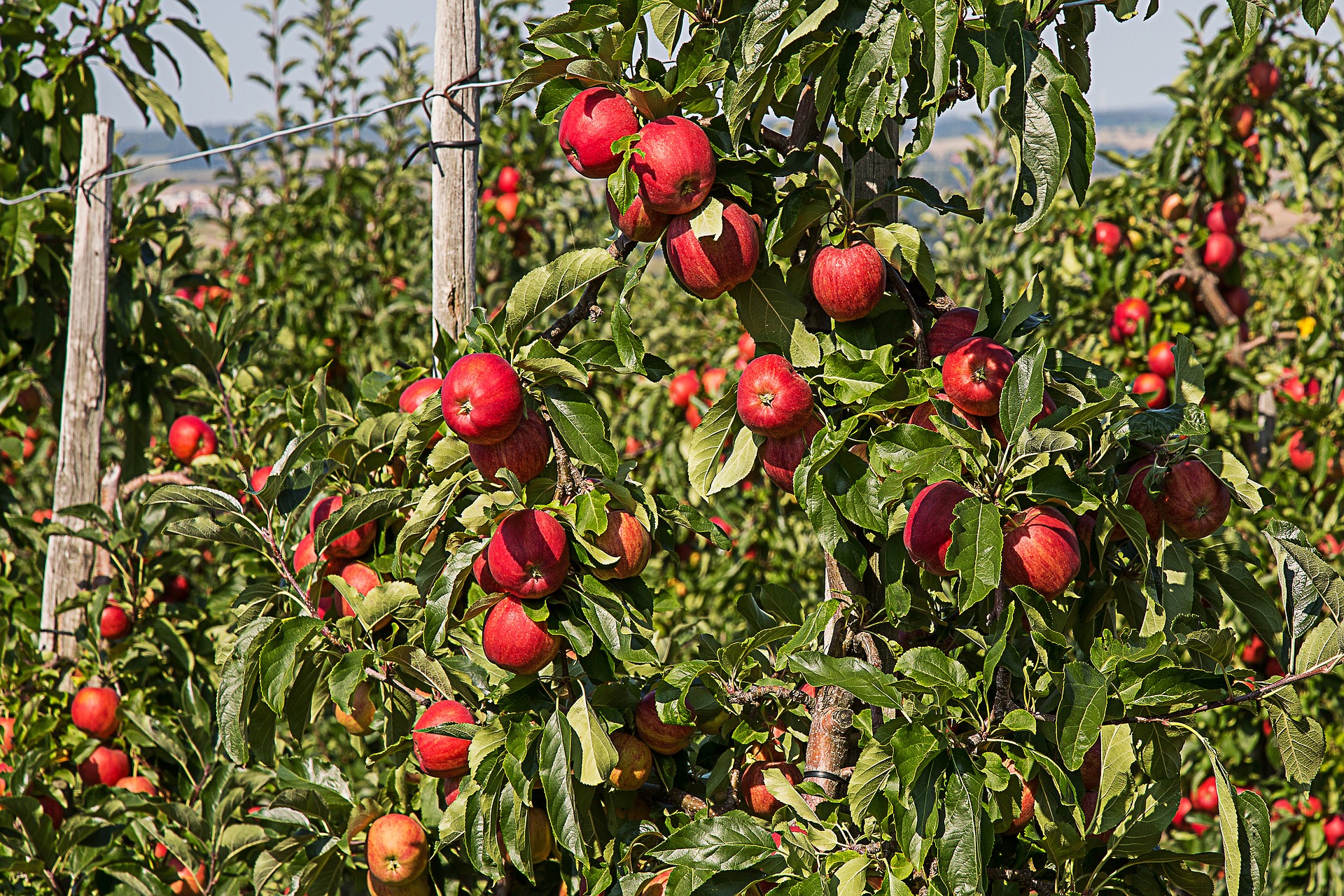
You can find these apples at Texas Orchards:
- Apple Country Orchards, Rt. 2 Box 234, Idalou, TX; (800) 765-7055
- Apple Valley Orchard, 12340 south Hwy. 16, Llano, TX; (325) 247-3979
- Efurd John H Peach Orchard, Highway 271 South Pittsburg, TX; (903) 856-2253
- Erodeaway Ranch, 111 Sunset Drive, Boerne, TX; (830) 336-3329 (Gala, Fuji, Granny Smith)
- Henrietta Creek Apple Orchard, 14255 Old Denton Road, Roanoke, TX; (817) 439-3202
- Lievens Orchard, 2 3/4 mi. North Kansas City Road, La Feria, TX; (956) 797-2220
- Love Creek Orchards, 13558 State Highway 6N, Medina, TX; (830) 589-2588
- Sonlight Apple Orchard, 600 Austin Street, Mason, TX; (325) 347-1808
- The Apple Conservatory, 13708 Ann Place Austin, TX: (512) 844-2957
- Young’s Orchard, 9978 W. FM 171, Wichita Falls, TX; (940) 544-2211
References:
(ehow.com)
www.orangepippin.com
